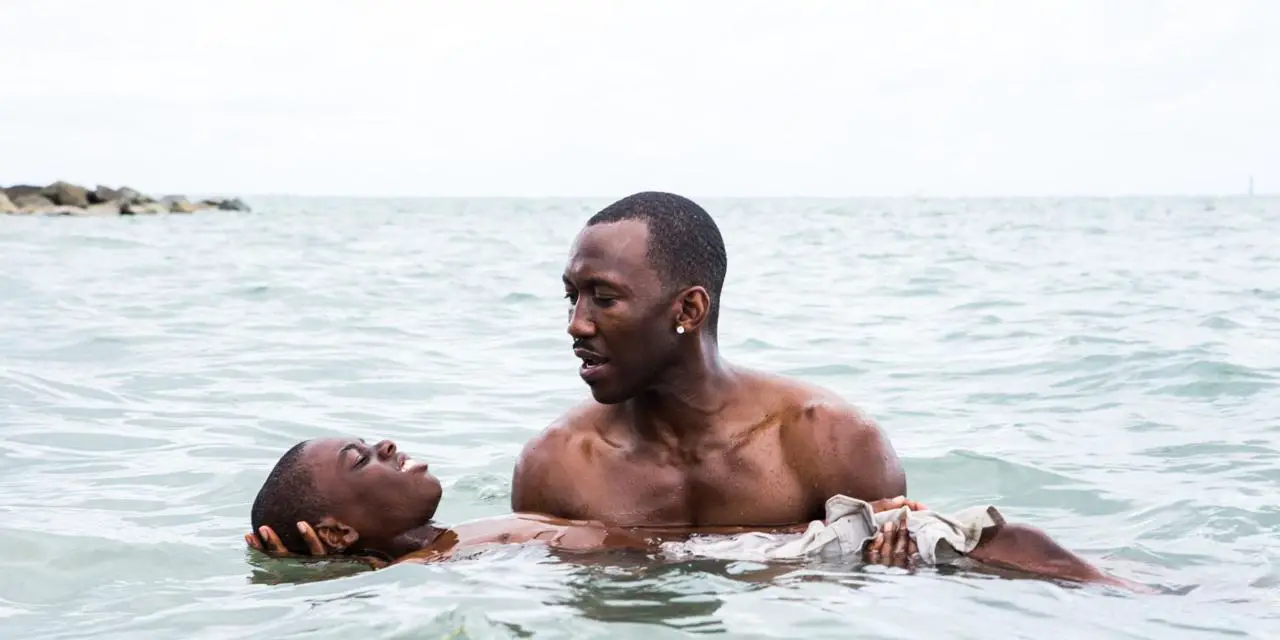As it is now January 2017, many of us have cast away the most tumultuous thoughts, troubles and doubts that have shadowed our lives in the recent political and social turmoil.
2016 was a historic year, and one, undoubtedly, that will not fall into the recesses of our minds when we are old and weary, casting reflections on the years of our youth.
Despite the unavoidably political scenes of the past year, it has brought us remarkable artistry and glimmers of hope in even our darkest days. In the world of film and television, there has been a staggeringly positive reception to LGBTQ themed works, ranging from the box office hit and Golden Globe winning “Moonlight” to small-screen works, such as the thrilling Netflix original “Sense8.”
“You were the change,” President Obama said in his farewell speech, and although this change on-screen might appear trivial and unsubstantial, these movies and shows reflect society’s progress and acceptance toward LGBTQ relationships that allow for directors and producers to create such artistry.
Although the world is now well into 2017 and is anticipating an inauguration that will usher in a new era of American democracy, these four LGBTQ films and television shows remind us of the diverse, inclusive visions that have inspired these on-screen relationships and the progress that we, as a society, have inspired to make these works possible.
1. Moonlight
“Moonlight” has recently made headlines by being awarded Best Picture Drama at the Golden Globes, but besides its winning accolades, the movie paints a heartwarming, intimate picture of two gay black men.
In a world where gay relationships and individuals come with social stigmas, the film touches on themes of adolescence and sexual confusion, while giving their gay characters a background—one beyond simply being labeled “gay.”
“Moonlight” also explores themes concerning intersectionality and black masculinity. In a world where “gay men” are perceived to be white, the movie challenges our preexisting notions of sexuality. By tying these themes into an LGBTQ film with characters of color, “Moonlight” effectively shatters the unspoken stereotypes in the gay community and black America through its striking message.
2. The Handmaiden
Contrary to “Moonlight,” “The Handmaiden” was received with notably less acknowledgement (due to its foreign roots). Nevertheless, it presents itself as a stunning cinematic thriller through the eyes of its South Korean director, Park Chan Wook.
The script, although inspired by an English novel, takes a darker, more sinister turn through Park’s handiwork, as the handmaiden, Sook-jee, and her mistress, Lady Hideko, fall in love through an unexpected series of events.
“The Handmaiden” takes place in the 1930s, in a Japanese-occupied Korea, but in no way does the historical context take away from the authenticity of the romance between Lady Hideko and her handmaiden. The progression of their relationship, although teasingly gradual, is not fully explored until the second half of the film.
Unlike many works featuring lesbian couples, “The Handmaiden” is carefully crafted, especially in its erotic scenes, to depict the essence of a lesbian romance—one that is focused on love, as much as it is on lust. Park shares how he attentively sought to use sex scenes to highlight the unlikely couple’s love for one another, by removing the male gaze in their sex escapades and focusing the camera instead on their expressions.
3. Sense8
The Netflix return of the second season of “Sense8” draws viewers into the thrilling, dramatic world of the sensates, eight individuals who are mentally and emotionally connected to one another.
The main plot of the drama does not involve love; in fact, its fast-paced storyline depends on the survival of the sensates as they seek to escape a government organization that wants to exterminate them. Nevertheless, its protagonists are plagued with their own problems, and the directors of the series, the Wachowski siblings, are able to bring in relatable romantic situations that the characters find themselves in.
Lito, a Mexican actor, struggles with his image after a leaked photo of him and his boyfriend Hernando having sex reaches the press. Their gay relationship, which exists within one of the eight side stories, is faced with social stigma from the Mexican society they live in. The Wachowskis, however, paint a beautiful portrait of their love and commitment to one another, while tying in themes of masculinity and sexual identity that resonate to their audience.
“Sense8” also features a transgender woman, Nomi, as another one of its sensates. Nomi’s on-screen relationship with her girlfriend, Amanita, humanizes transgender relationships that are denounced or misunderstood by society. The two women undergo struggles together, including an episode in the first season when Nomi was locked in a mental institution by her family for her gender transition. Amanita and Nomi’s love story parallels Hernando and Lito’s; although both are placed in completely different societal contexts, they provide valuable insight into the struggles of queer individuals.
4. Skam
The Norwegian television show, “Skam,” has become an internet sensation in recent months, due to its realistic representation of adolescent struggles. It is one of Norway’s most critically acclaimed shows and inspires discussion on significantly sensitive topics, such as rape, homophobia, feminism and mental illness. “Skam” follows a group of high schoolers who live in Oslo, and each season, the show personally focuses on a different character.
The latest season of the show takes on LGBTQ themes, as the storyline focuses on a gay couple. It has been praised for its realistic and relatable depictions of a gay relationship because essentially, “Skam” showcases its main gay couple just as any ordinary couple.
Isak and Evan, the two gay boys, share mundane, real life moments with one another, like cooking together, sharing their favorite music or simply discussing their philosophies on life.
Due to the unfortunate lack of accurate on-screen portrayal of LGBTQ individuals, the representation in “Skam” of its main couple is refreshing, and its storyline, featuring a unique cast and their adolescent troubles, speaks heart-to-heart to its growing global audience.

















